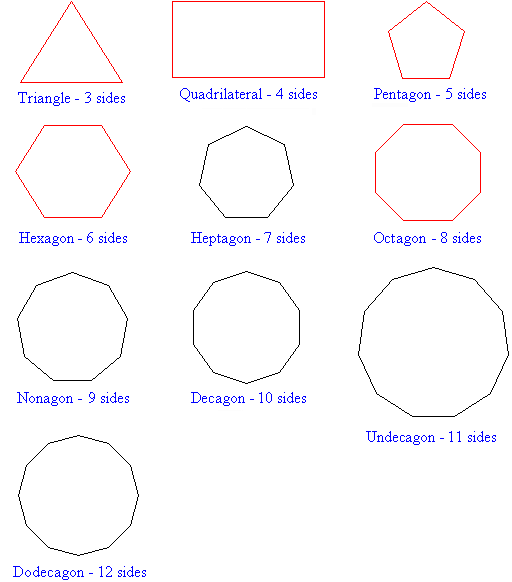The lament of students and parents alike….Ugh, fractions. Why do we need them? They are very helpful in describing quantities in relationship to each other….”Only give Suzy half the box of frosted yum-yums dear, we don’t want to make her hyper…” This concept is usually a pretty easy one to grasp, especially when dealing with easy fractions like halfs, quarters, and thirds. It gets a little trickier when dealing in fifths, sixths and tenths.
A more difficult concept to grasp is comparing fractions…which is more 2/3 or ¾? 3/5 or 5/6? There are graphical ways to look at this and there are mathematical ways to look at this. If your child is more of a visual learner, I suggest making fraction bars from different colored pieces of paper (or white…you can use colored pencils to give them color – I don’t really recommend using markers for this – it gets really messy very quickly.) The most important thing is each piece of paper needs to be THE EXACT SAME SIZE! You need one piece of paper for each denominator that you want to compare. So, for example, say we want to compare halves, thirds, fourths, fifths and tenths; we would need 5 sheets of paper that are the exact same size. We are going to use folds to separate our pieces of paper (the whole) into its parts. For ½ - just fold the paper in half. Place the short ends together and make a nice crease down the middle. Next make the fourths. Once again, with a new piece of paper, place the short ends together and make a nice crease. Then, do it again. You should end up with four equal sections. For the thirds and the fifths, help your child by marking the measurements for the thirds and fifths and having them fold the paper along the lines, accordion style. Make 2 sets for the fifths and fold one of the fifths in half again to get the 10ths. You now have 5 wholes separated into different parts. You can now compare fractions….what does 8/10 look like? Compare it to 2/3. Which is more of the whole? Can you find fractions that are equivalent? That have the exact same part of the whole?
You can play fraction top-it if you have 2 or 3 decks of cards you don’t mind blending…make a pile of numerators and a pile of denominators. The numerators be the 1, 2 , and 3’s , the denominators should be the 4, 5, 6, 8, 10. (you should have fraction strips to match each denominator for fact checking…)Each person makes a fraction; the person with the largest fraction (biggest part of the whole) wins the cards. If there is a challenge as to whose is bigger, go to the fraction strips. If the challenger wins, the challenged has to give them 2 extra cards.
As always…practice, practice, practice.



